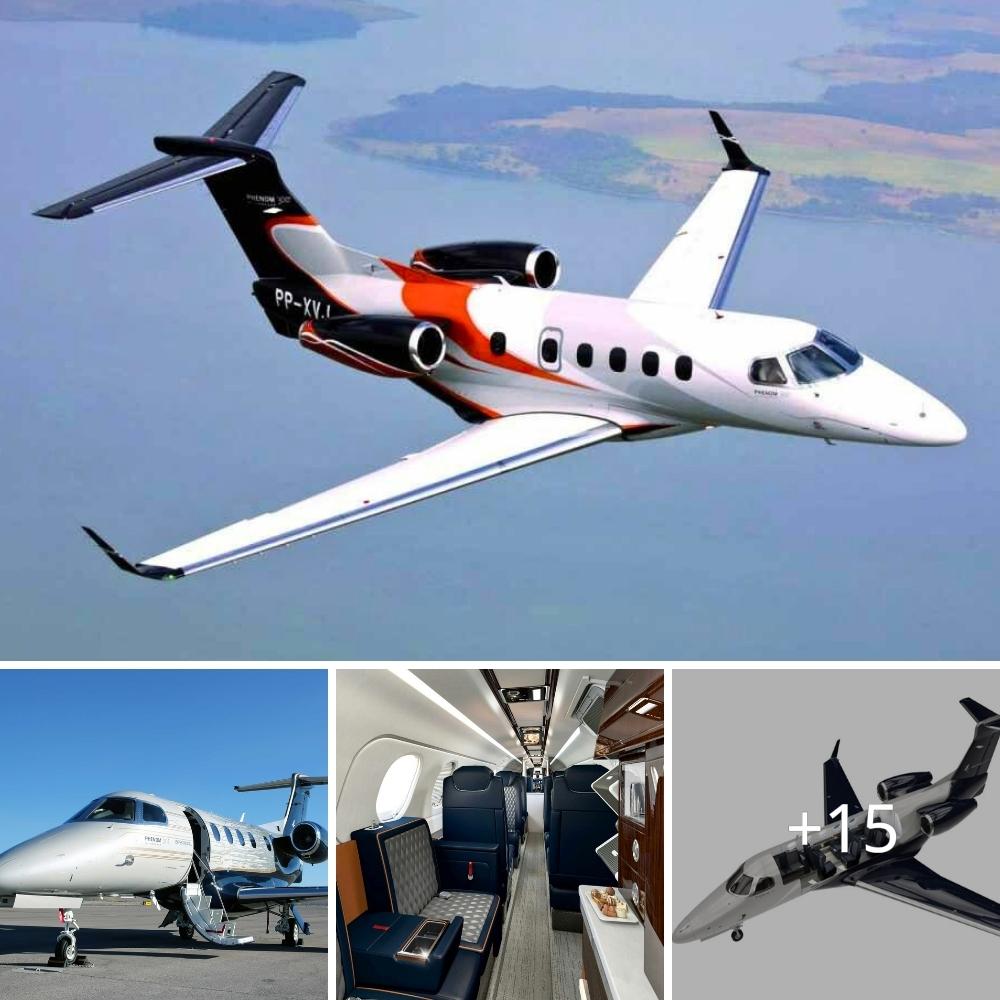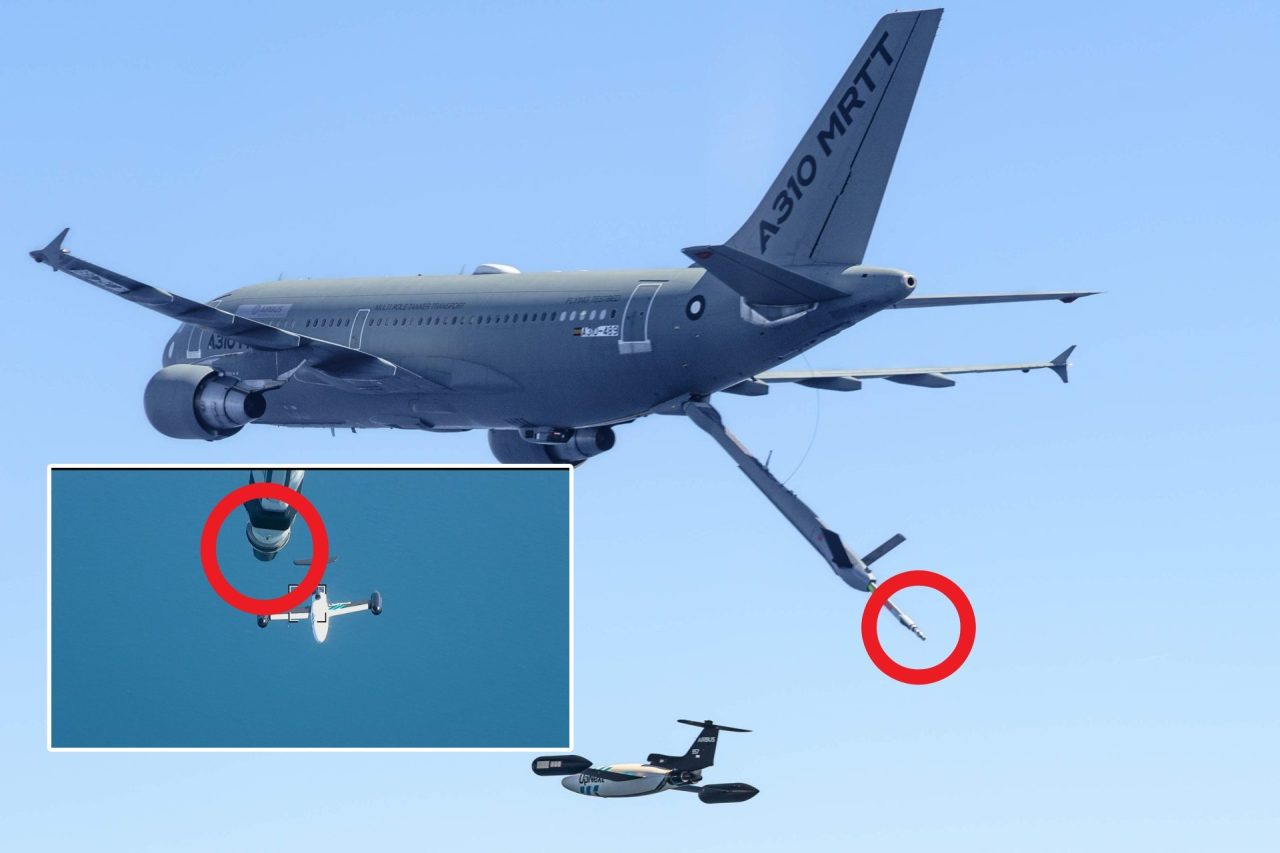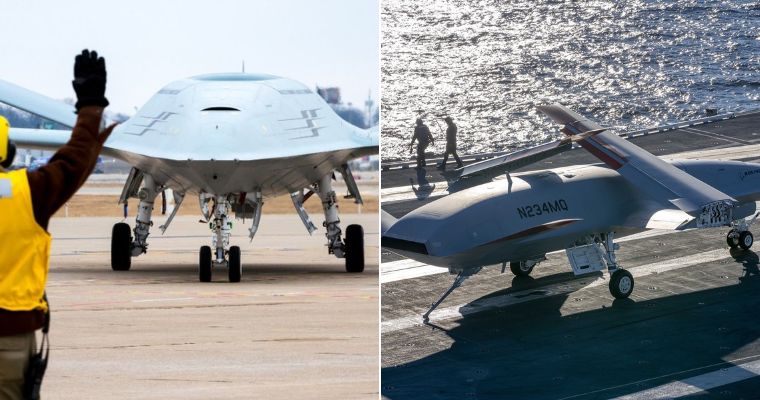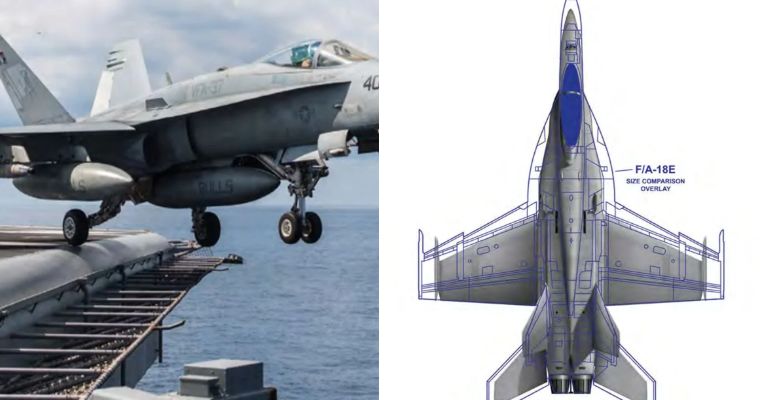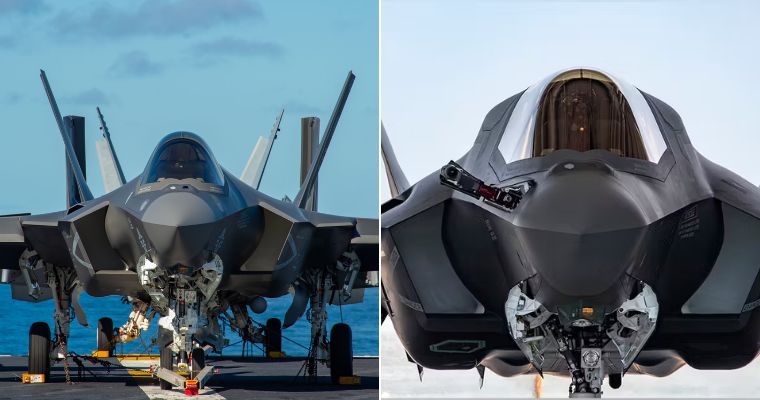Fresh video shows that one of the most fascinating eVTOL aircraft designs we’ve seen is now flying at larger scale. The Transwing platform uses a unique dihedral folding wing system to move between hover and cruise modes, unlocking huge advantages.

Transitioning electric VTOL aircraft can take off and land more or less like multicopter drones, but then cruise efficiently in forward flight supported by wing lift. There are literally hundreds of companies racing to bring different designs to market, and they all have to deal with the same set of problems.
The most efficient winged flight requires large, wide wings, but large wings are a headache when you’re trying to land, and take up a lot of space on the ground. The simplest way to handle both vertical and cruise flight is to run separate propellers for each mode, but then you add parasitic drag and weight.

Pterodynamics – as we’ve covered before – says it’s created an exceptionally efficient eVTOL airframe that’s also exceptionally small on a landing pad, and mechanically quite simple.
This unique and patented design looks just like a plane in forward flight, with props distributed along its wings. But when it’s time to land, the wings fold back, ending up stowed against the sides of the fuselage.

The key here is the dihedral hinges upon which the wings rotate; the wings tilt as they fold, so by the time they’re resting back against the body of the aircraft, they’re facing upward, along with the propellers. The entire transition is “aerodynamically benign,” simple and smooth, and it’s driven mechanically by little struts extending from the fuselage, on a linear actuator.

As a result, these things can run significantly wider wings than any other eVTOL design where ground space or helipad access is a concern. And for portable drone-style applications, they can sit in a compact box, completely ready to fly.

Pterodynamics has built its X-P4 prototype with a 4 m (13.1 ft) wingspan, and a fuselage about 2 m (6.6 ft) long. It runs only two props in forward flight according to Unmanned Systems Technology magazine, allowing the other two to passively fold back against their nacelles until they’re needed for a vertical landing.
It’s been undergoing testing with the US Navy as a ship-to-shore logistics platform, a job in which it could ferry roughly a cubic foot of cargo, held within its fuselage, vastly cheaper than the current solution – which is apparently to fly things out to Navy ships on Black Hawk helicopters or V-22 Osprey VTOL aircraft.

But the concept is capable of scaling much larger, up to eVTOL air taxi size and beyond. Indeed, a Transwing design could potentially fly 10 or more people from rooftop to rooftop, while fitting on the same helipad that a five-seat Joby or seven-seat Lilium might use.
And with the ability to run very large wings, as well as the capability to start transitioning toward cruise flight almost immediately upon takeoff, it promises to be one of the most efficient eVTOL designs around, capable of squeezing more range out of a battery than competing designs.
Check out the X-P4 drone in action in the excellent video below. This is a very promising idea and we look forward to seeing where it ends up going!
PteroDynamics X-P4 Transwing® sizzle video
Source: Pterodynamics
